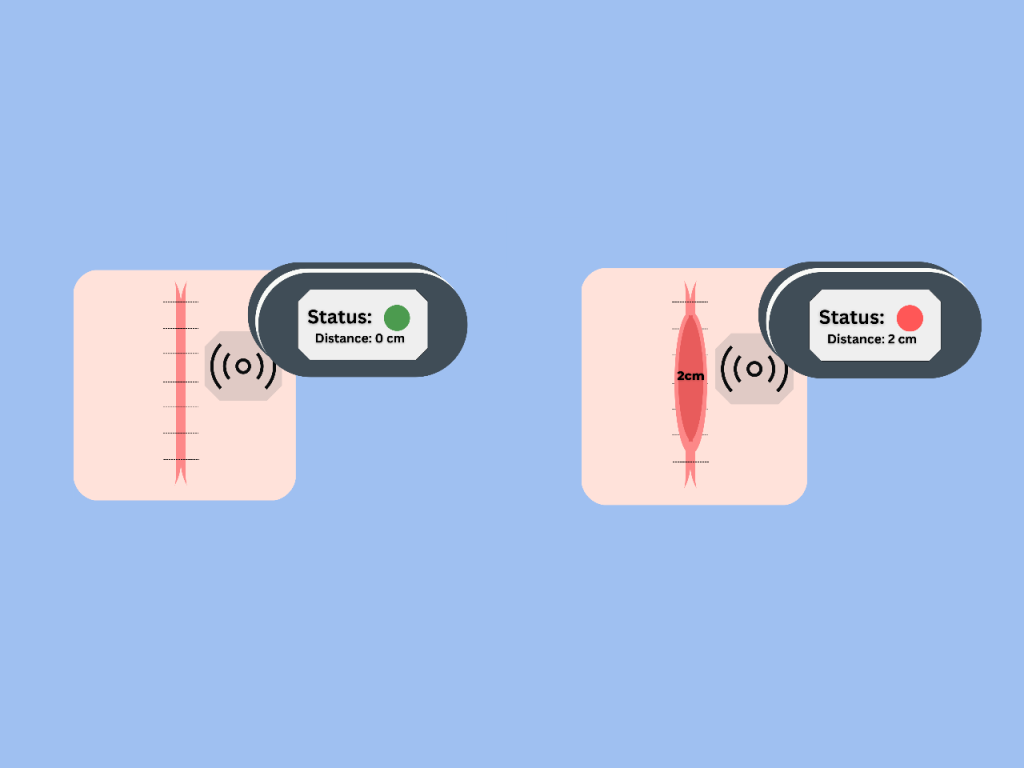[DELETED] VentrAlarm: Post-Operative Monitoring of Ventral Hernia Repairs
Program:
Biomedical Engineering
Project Description:
A ventral hernia (VH) is a rupture in the anterior abdominal wall that causes the viscera to extrude out from the abdominal cavity. Over 350,000 ventral hernia repairs (VHRs) are performed each year in the United States; however, 14-40% of VHs recur within 10-12 years following surgery. Current methods of hernia diagnosis have low sensitivity and require in-person visits. Recurrences often remain undetected until the hernia becomes large in size. Additionally, there exists no method of long-term assessment of a repaired hernia, and patients are often unaware of the physical integrity of their repair during the recovery process. Our solution aims to improve postoperative VHR monitoring with implantable technology that tracks the motion of the abdominal wall. This system has the potential to 1) detect recurrences in their early stages, and 2) reduce recurrence rates by warning patients when their physical motions place excessive tension on the midline.
Team Members
-
[foreach 357]
-
[if 397 not_equal=””][/if 397][395]
[/foreach 357]
Project Mentors, Sponsors, and Partners
-
Dr. Hooman Soltanian
Course Faculty
-
[foreach 429]
-
[if 433 not_equal=””][/if 433][431]
[/foreach 429]
